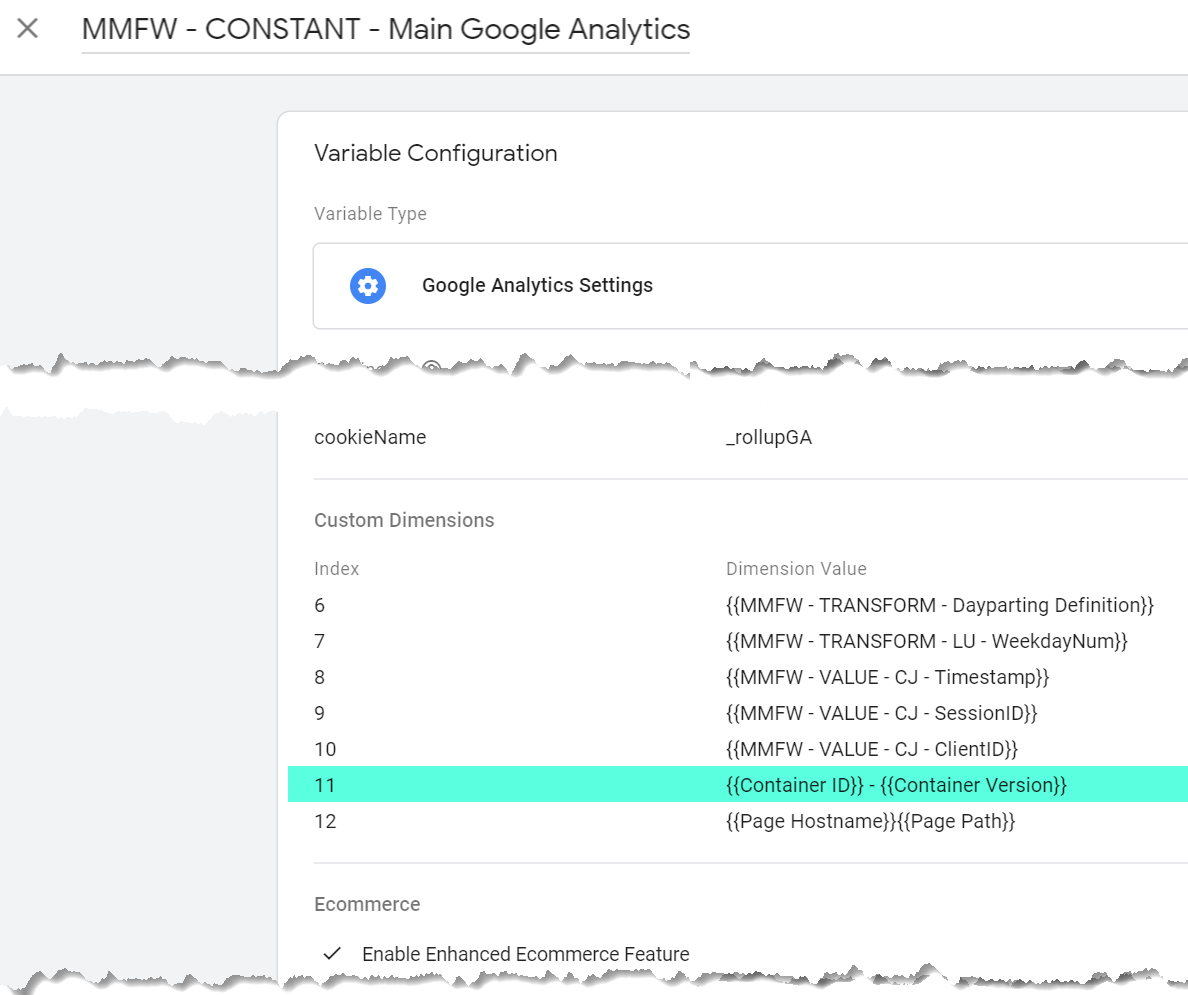Unlock Deeper Insights With Secondary Dimension in Google Analytics
With the vast stretch of data offered in Google Analytics, the use of additional dimensions can dramatically enrich your analytical capacities. These added layers of information provide a nuanced perspective that can illuminate complex details within your key metrics. By purposefully integrating secondary measurements into your evaluation, you can uncover important understandings that may otherwise stay undiscovered. The ability to divide and interpret customer behavior with higher precision opens up a realm of possibilities for maximizing techniques and boosting efficiency.
Recognizing Primary Vs. Secondary Measurements
When assessing data in Google Analytics, it is vital to compare key and second measurements to get deeper understandings right into individual actions. Primary dimensions are the major classifications whereby you can watch your information, such as source/medium, landing, or gadget page. These measurements provide the basic framework for arranging and recognizing your information. On the various other hand, secondary measurements allow you to more study your primary dimension data. By adding an additional dimension, you can layer on extra info to your main measurement, making it possible for a more granular analysis. As an example, if your key dimension is the source/medium via which users arrived on your website, including a second dimension like geographical place can reveal where those customers lie geographically. When looking at the key dimension alone, this included layer of info can aid you recognize patterns, patterns, or anomalies that might not have actually been noticeable. Therefore, leveraging both key and additional measurements in Google Analytics is vital for detailed information analysis and notified decision-making.
Utilizing Secondary Measurements Effectively
By integrating second measurements alongside key dimensions, experts and marketing professionals can dig deeper into the specifics of individual communications on their web sites. Secondary measurements allow customers to section and filter key dimension information better, supplying an extra in-depth sight of user interactions, behaviors, and demographics.
In addition, secondary measurements enable individuals to contrast and contrast different data points within a solitary report, promoting a much more extensive analysis of individual behavior patterns. By leveraging additional dimensions properly, businesses can uncover hidden understandings, enhance their advertising and marketing methods, and enhance the total individual experience on their sites.
Discovering Typical Second Measurement Mixes
To additionally evaluate individual actions and patterns in Google Analytics, it is valuable to explore common combinations of additional dimensions. By combining different additional measurements, marketing professionals and analysts can get much deeper insights right into exactly how various elements interact and affect web site performance. Some typical additional dimension mixes that provide valuable understandings include examining traffic resources with user areas to understand where site site visitors are originating from geographically and just how they located the website. Likewise, integrating touchdown pages with gadgets can reveal which pages do best on different devices, aiding in maximizing the website for better user experience. Moreover, analyzing user actions metrics with secondary measurements such as interests or demographics can assist in targeting specific target market sections better. By discovering these common additional measurement combinations, companies can uncover hidden patterns, determine opportunities for enhancement, and make data-driven decisions to improve their on the internet visibility.
Using Second Measurement in Customized Reports
Making use of secondary dimensions in custom records permits a much more comprehensive analysis of data in try these out Google Analytics, improving the deepness of understandings acquired. When creating customized reports in Google Analytics, including additional dimensions can supply an extra thorough sight of exactly how numerous dimensions communicate with each various other. This attribute allows users to delve deeper into their information and reveal useful connections that may not be instantly noticeable.
By using second dimensions in custom-made records, users can get a much better understanding of their site or app website traffic. For example, incorporating the key dimension of "source/medium" with the secondary dimension of "touchdown page" can expose which touchdown web pages are performing finest for web traffic coming from details sources. This insight can help marketers optimize their projects and improve total conversion rates.

Enhancing Data Visualization With Second Measurement
When checking out information in Google Analytics custom-made records, including additional measurements not just supplies an extra comprehensive evaluation however likewise enhances the visual representation of understandings via data visualization. By adding a secondary dimension to your records, you can improve the method information exists, making it much easier to determine patterns, fads, and correlations within your website's efficiency metrics.
Secondary dimensions can help you section your information even more, permitting a deeper see post understanding of user habits and communications on your website. This enhanced level of granularity can be especially beneficial when attempting to separate details variables that may influence your site's efficiency - Secondary Dimension in Google Analytics.

Final Thought
To conclude, leveraging second measurements in Google Analytics enables for an extra detailed analysis of information, bring about much deeper understandings and even more informed decision-making. Secondary Dimension in Google Analytics. By adding added layers of information to main data collections, analysts and marketing professionals can reveal concealed trends, patterns, and relationships that provide a granular sight of user actions and interactions. This boosted level of understanding allows optimization of campaigns and tailored methods for specific audience segments, inevitably improving performance and conversion rates
On the various other hand, second dimensions enable you to further study your key dimension information. By including a second dimension, you can layer Recommended Reading on additional details to your main dimension, enabling a much more granular evaluation. If your key dimension is the source/medium with which customers got here on your website, including a secondary dimension like geographic place can disclose where those customers are situated geographically. By incorporating secondary dimensions together with main measurements, experts and marketing experts can delve much deeper right into the specifics of individual communications on their websites. Secondary dimensions permit users to segment and filter primary dimension data additionally, supplying a more in-depth sight of customer demographics, interactions, and behaviors.
Comments on “Secondary Dimension in Google Analytics: Best Practices and Tips”